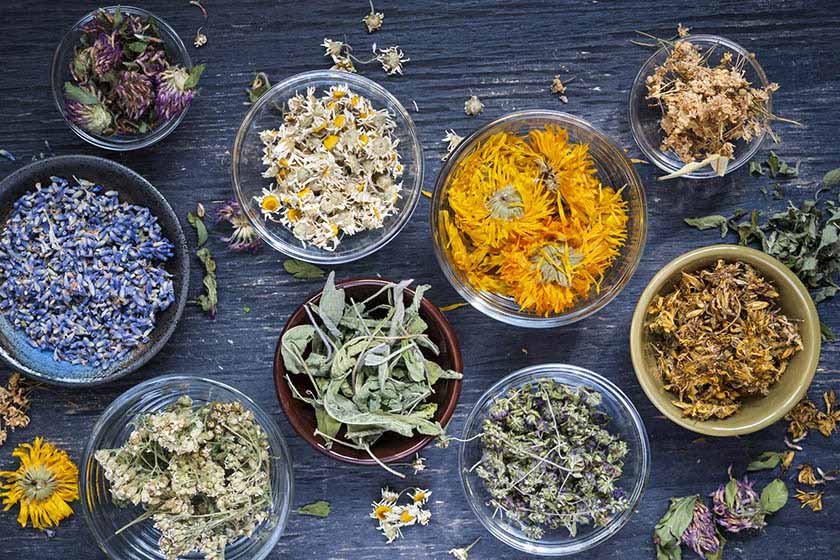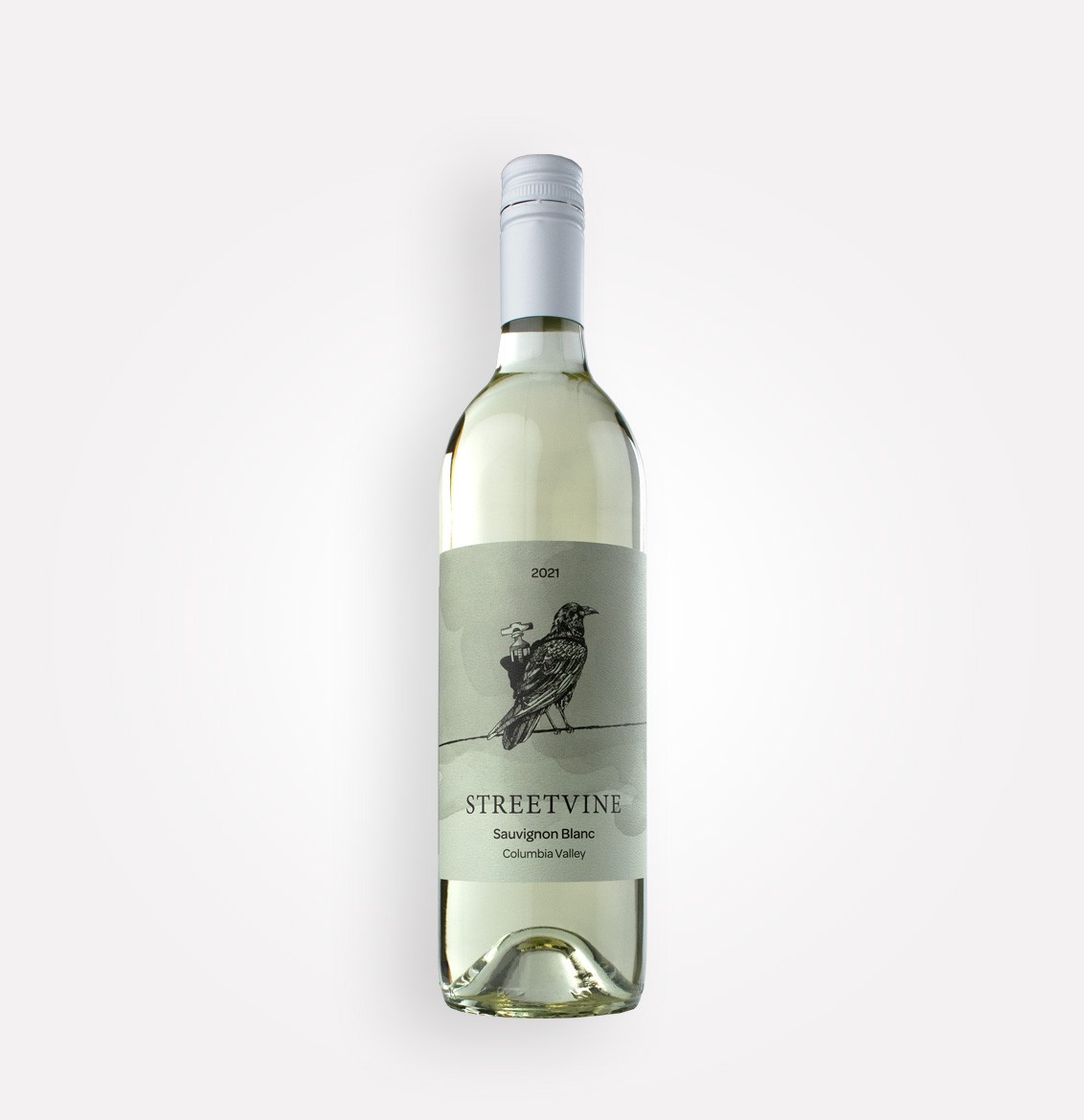Your spice drawer is the key to a fun way to learn about wine aromas
Freshly mown grass, the salt air crispness at the ocean’s edge, baking chocolate chip cookies to the white paste that one kid viewed as a snack in first grade, aromas are one of life’s great pleasures and strongly affect the staying power of memories. Without leaving the house, your spice drawer is a tasting treasure chest waiting to enlighten your wine world.
Take your time with aroma
Aroma is also one of a wine’s most compelling qualities, and it’s worth spending some time connecting what you smell with words to describe your experience. Several tools are available to help understand this association, and one of the first was The Wine Aroma Wheel by Dr. A.C. Noble at the University of California – Davis. The Aroma Wheel arranges aromas into general categories and then more specific groups such as fruit flavors that progress to citrus then lemon. This structure provides a framework to start thinking about wine aromas and describing them with common words.
Even with hints, it can be challenging, though. Then it’s time to get your wine and open the spice* drawer because who knows how savory smells? (For the record, Merriam Webster.com says savory is an aromatic annual European mint (Satureja hortensis), and you get extra points if you have it in your spice drawer!)
Assuming your spice drawer has more than black pepper and a 28-year-old soup seasoning packet, the process is simple — first, get out your herbs and spice jars. Keep them closed till you’re ready, or you’ll risk that albeit sublime scent overload you get entering your favorite spice store. As you examine your wine, concentrate on the aromas. Then as you start to identify smells, open a jar with what you think the aroma is and test out your theory.
Take time to discover fresh herbs that might be more pungent or aromatic because of fresh oils.
I turned to the Joy of Cooking (Rombauer, 1975) for information on herbs. The Joy included its method to help familiarize yourself with herbs even before you get to the wine. They suggest combining a ½ pound of mild cheddar cheese with two tablespoons each sour cream and vodka. Divide this into portions, then add herbs to each. After about an hour, you have an herb tasting party to accompany your spice drawer tasting!
Some herbs noted in wine can include:
- Oregano
- Marjoram
- Rosemary
- Thyme
- Lavender
- Sage
- Coriander
- Fennel
- Bay
- Parsley
- Mint
- Eucalyptus
- Lovage
- Savory
- Herbs de Provence (blend)
- Quatre Epices (blend)
Another term often used to describe wines from the South of France is garrigue. This complex aroma develops from resinous shrub vegetation and dwarf oaks baking in the Mediterranean coast sun. Garrigue aromas include thyme, rosemary, bay, juniper, lavender, and mint.
Because these complex aromas occur, have a few classic blends such as Herbs de Provence or Quatre Epices on hand to help understand how these herb aromas combine. Fine Cooking.com describes the Herbs de Provence as summer savory, thyme, rosemary, basil, lavender, and marjoram that can have bay, sage, and cracked fennel seed. The Joy of Cooking describes Quatre Epices as thyme, bay, basil, sage, coriander, mace (not modern spray or the weapon used in feudal times to render opponents inoperable) with ground black pepper.
Thanks for the herb lesson, what about wine?
For example, Cabernet Franc and Merlot are described as having dried herb flavors. Identifying the herbs may be especially challenging or rewarding because Cabernet Franc and Merlot are often blended. Cabernet Franc has aromas of dried herbs (often that potent green bell pepper) and lovage. (Lovage. How is that not a sports car?) Merriam Webster.com describes lovage as any of several aromatic perennial herbs of the carrot family. Merlot is noted more for sage and bay leaf. Having a standard herb blend and the base herbs can help understand the interactions in wine aroma.
Let’s not forget the spices. While herbal aromas are primary aromas in wine, spice aromas can be primary, secondary, or tertiary. For example, Cinnamon, black pepper, and anise are primary spice aromas in wine. Baking spices, coconut, and vanilla, for instance, are tertiary aromas in wine.
Common spices include:
- Cinnamon
- Other baking spices (nutmeg, mace, allspice)
- Anise
- Black and white pepper
And remember there’s lots more to smell out there beyond your kitchen spice drawer, so pay attention when you’re out walking around out there — it’s a treasure chest.
*We’re calling this the Spice Drawer Tasting, but it’s herbs and spices. Herbs are the leafy part; spices are the seeds.





